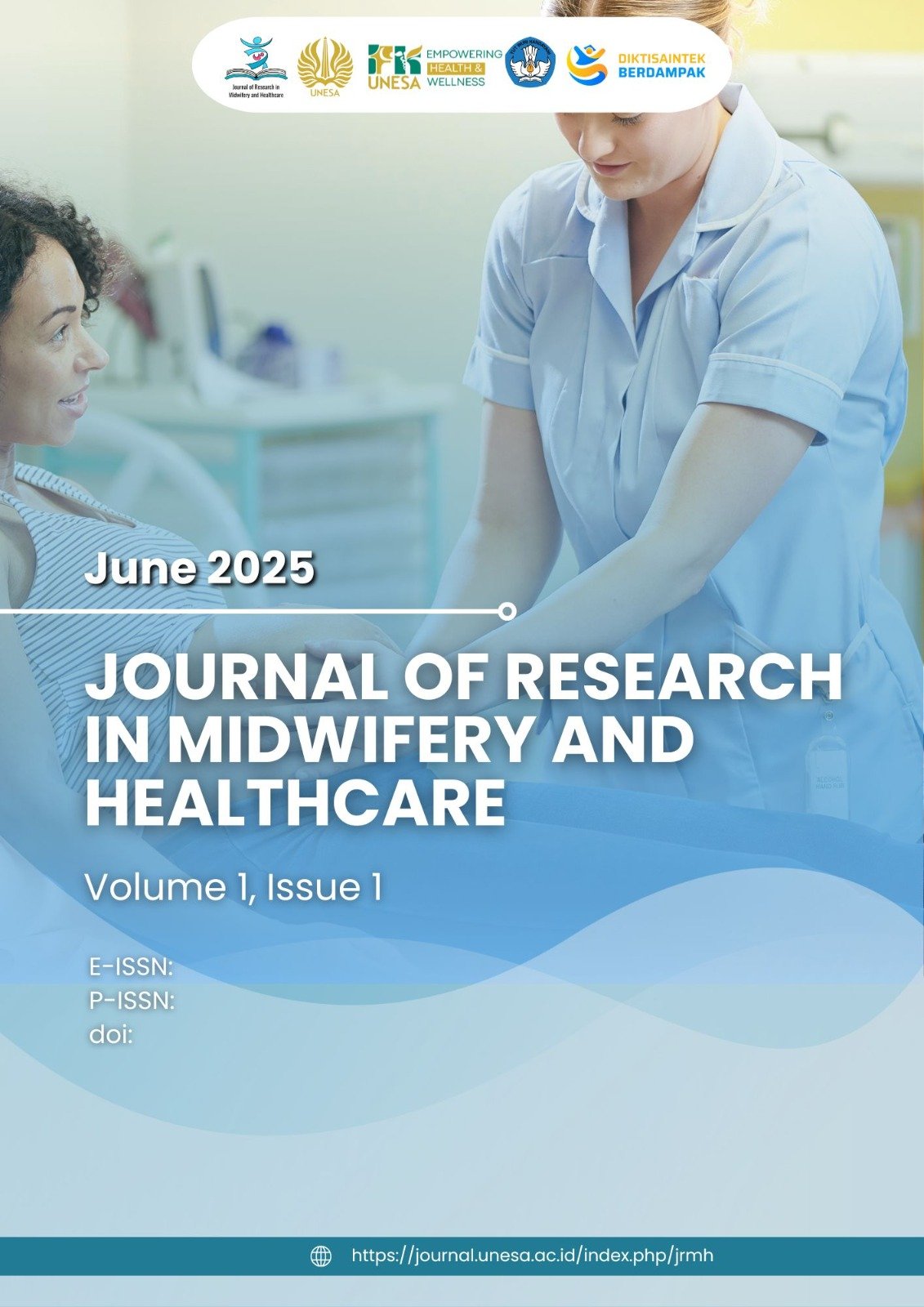The Isoflavone Intake for Preventing Osteoporosis in Menopausal Women
A Systematic Review and Meta-Analysis
Abstract
Osteoporosis is a condition marked by reduced bone mass and structural deterioration, increasing the risk of fractures. Isoflavones have been proposed as an alternative treatment to manage osteoporosis-related symptoms. This study aimed to evaluate the effectiveness of the isoflavones in improving bone health. A systematic search was conducted using PubMed, ScienceDirect, and Google Scholar, following PRISMA 2023 guidelines to identify relevant studies. Articles were selected based on their investigation of isoflavones' effects on osteoporosis. A meta-analysis using a random-effects model was performed, with outcomes reported as odds ratios and 95% confidence intervals (CI). Two studies (total participants = 251) met the inclusion criteria. The findings indicated that isoflavones had a positive effect on increasing bone mineral density (BMD) in postmenopausal women with osteoporosis, showing a mean difference of 0.87 (95% CI: 0.42 to 1.78; p = 0.78). However, the improvement was not statistically significant compared to the placebo group. In conclusion, while isoflavones appear to support BMD, they did not show a significant advantage over placebo. Nonetheless, they may still be considered a potential complementary therapy for managing osteoporosis symptoms, especially in postmenopausal women.
References
1. Nih consensus development panel on osteoporosis prevention and therapy d. Osteoporosis prevention, diagnosis, and therapy. Jama [internet]. 2001 feb 14;285(6):785–95. Available from: https://doi.org/10.1001/jama.285.6.785
2. Chen p, li z hy. Prevalence of osteoporosis in china: a meta-analysis and systematic review. Bmc public health. 2016;
3. Hernlund e, svedbom a, ivergard m, compston j cc, stenmark j, mccloskey ev, jonsson b kj. Osteoporosis in the european union: medical management, epidemiology and economic burden. A report prepared in collaboration with the international osteoporosis foundation (iof) and the european federation of pharmaceutical industry associations (efpia). Arch osteoporos. 2013;
4. Curtis em, moon rj, harvey nc cc. The impact of fragility fracture and approaches to osteoporosis risk assessment worldwide. Bone. 2017;
5. Wright nc, looker ac, saag kg, curtis jr, delzell es r, s d-hb. The recent prevalence of osteoporosis and low bone mass in the united states based on bone mineral density at the femoral neck or lumbar spine. J bone min res. 2014;
6. Al-anazi af, qureshi vf, javaid k qs. Preventive effects of phytoestrogens against postmenopausal osteoporosis as compared to the available therapeutic choices: an overview. J nat sci biol med. 2011;
7. Liu zm, chen b, li s, li g, zhang d, ho sc, chen ym, ma j, qi h lw. Effect of whole soy and isoflavones daidzein on bone turnover and inflammatory markers: a 6-month double-blind, randomized controlled trial in chinese postmenopausal women who are equol producers. Ther adv endocrinol metab. 2020;
8. Beck v ruja. Phytoestrogens derived from red clover: an alternative to estrogen replacement therapy? ? J steroid biochem mol biol. 2005;
9. Okabe y, shimazu t th. Higher bioavailability of isoflavones after a single ingestion of aglycone-rich fermented soybeans compared with glucoside-rich non-fermented soybeans in japanese postmenopausal women. Sci food agric. 2011;
10. Timan p, rojanasthien n, manorot m, sangdee c ts. Effect of synbiotic fermented milk on oral bioavailability of isoflavones in postmenopausal women. Food sci nutr. 2014;
11. Lipovac m, pfitscher a, hobiger s, laschitz t, imhof m cp, a. J. Red clover isoflavone metabolite bioavailability is decreased after fructooligosaccharide supplementation. Fitoterapia. 2015;
12. Tyagi am, srivastava k, singh ak, kumar a, changkija b pr, lahiri s, nagar gk, yadav dk, maurya r et al. Formononetin re_verses established osteopenia in adult ovariectomized rats. Menopause. 2012;
13. Chiang s-s pt-m. Beneficial effects of phytoestrogens and their metabolites produced by intestinal microflora on bone health. Appl microbiol biotechnol. 2013;
14. N. Morabito, a. Crisafulli, c. Vergara, a. Gaudio, a. Lasco, n. Frisina rd, f. Corrado, m.a. pizzoleo, m. Cincotta, d. Altavilla, r. Ientile fs. Effects of genistein and hormone-replacement therapy on bone loss in early postmenopausal women: a randomized double-blind placebo-controlled study. Bone miner res. 2002;17(10):1904–12.
15. H. Marini, l. Minutoli, f. Polito, a. Bitto, d. Altavilla, m. Atteritano ag, s. Mazzaferro, a. Frisina, n. Frisina, c. Lubrano, m. Bonaiuto, r. D’anna m, l. Cannata, f. Corrado, e.b. adamo, s. Wilson fs. Effects of the phytoestrogen genistein on bone metabolism in osteopenic postmenopausal women: a randomized trial,. Ann intern med 146. 2007;
16. Mardiyah s sr. Gangguan kepadatan tulang pada orang dewasa di daerah urban dan rural. Urnal kesehat masy nas. 2014;8((6)):272-8.
17. Pusat data dan informasi kementerian kesehatan ri. Data dan kondisi penyakit osteoporosis di indonesia. Infodatin. 2015. P. 1–5.
18. Prabaningrum n df. Asupan isoflavon kedelai kurang sebagai faktor risiko kepadatan tulang rendah pada wanita pascamenopause. J nutr coll. 2014;3(4):807–16.
19. Messina mj wc. Soy isoflavones, estrogen therapy, and breast cancer risk: analysis and commentar. Bmc nutr. 2008;7(17).
20. Tai ty, tsai ks, tu st, wu js, chang ci, chen cl et al. The effect of soy isoflavone on bone mineral density in postmenopausal taiwanese women with bone loss. Osteoporos int. 2011;23(15):71–80.
21. Wei p, liu m, chen y cd. Systematic review of soy isoflavone supplements on osteoporosis in women. Asian pac j trop med. 2012;
22. Kridawati a. Pemanfaatan isoflavon untuk kesehatan. J respati. 2011;1(1):71-80.
23. C w x. Health effects of soy protein and isoflavones in humans. J nutr. 2008;138:1244-9.
24. Bhagwat s, hayt NIH Consensus Development Panel on Osteoporosis Prevention and Therapy. Osteoporosis prevention, diagnosis, and therapy. JAMA. 2001;285(6):785–95. doi:10.1001/jama.285.6.785.
Downloads
Published
How to Cite
Issue
Section
 Abstract views: 128
,
Abstract views: 128
, PDF Downloads: 90
PDF Downloads: 90





 The Journal of Research in Midwifery and Healthcare (JRMH), published by the
The Journal of Research in Midwifery and Healthcare (JRMH), published by the 